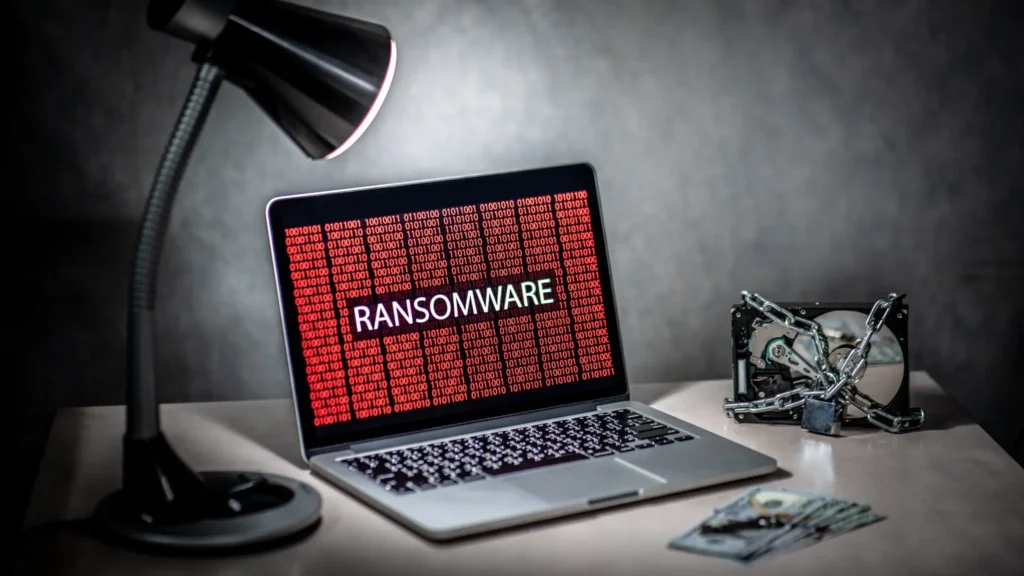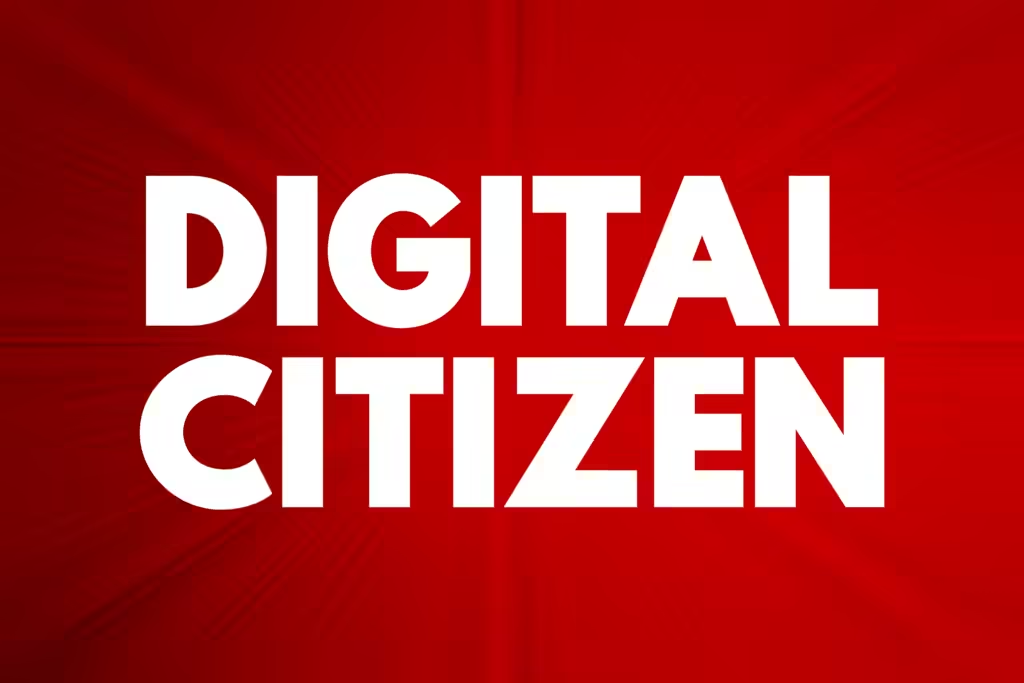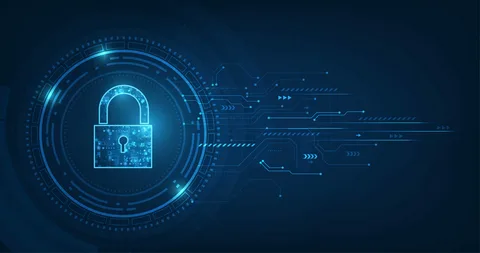Understanding Cybersecurity for Small Businesses and Nonprofits
In today’s digital world, cybersecurity is crucial for small businesses and nonprofits. While large corporations often make headlines for data breaches and hacking incidents, smaller organizations are not immune to these threats. In fact, small businesses and nonprofits are frequently targeted by cybercriminals because they typically have fewer defenses in place. This makes implementing solid cybersecurity practices essential for protecting sensitive data and maintaining trust with stakeholders. Why Cybersecurity is Important for Small Businesses and Nonprofits Small businesses and nonprofits often handle a range of sensitive information, such as customer data, financial records, and even health-related details. For nonprofits, donor information is particularly valuable, as it includes contact details and sometimes payment information. If this data falls into the wrong hands, it can lead to identity theft, financial losses, and a significant decline in public trust. Small businesses also face a unique set of challenges when it comes to cybersecurity. Many are not able to invest in dedicated IT staff, making it difficult to monitor and manage security risks effectively. A single cyber-attack can disrupt operations, result in costly damages, and even lead to permanent business closure. Therefore, understanding and implementing basic cybersecurity strategies is critical for any small business or nonprofit organization. Common Cyber Threats Targeting Small Businesses and Nonprofits To better protect your organization, it’s important to understand the most common cyber threats targeting small businesses and nonprofits. These include: Phishing Attacks Phishing is the most common form of cyber-attack, where hackers send deceptive emails that appear legitimate, aiming to trick recipients into revealing confidential information. Ransomware Ransomware involves malicious software that locks users out of their systems until a ransom is paid. Small businesses and nonprofits are common targets because they may not have the resources to implement advanced security measures. Malware Malware includes any type of malicious software designed to harm or exploit a device. It can enter systems through suspicious downloads, infected websites, or compromised emails. Data Breaches A data breach occurs when unauthorized individuals gain access to sensitive information. For nonprofits, a data breach can compromise donor data, while small businesses might see customer or employee information stolen. Insider Threats Insider threats come from employees, volunteers, or contractors who have access to the organization’s data. This can be unintentional, such as falling for a phishing email, or malicious, such as intentionally leaking information. Best Practices for Cybersecurity in Small Businesses and Nonprofits Even with limited budgets and resources, small businesses and nonprofits can take steps to strengthen their cybersecurity. Implementing the following best practices can help minimize the risk of cyber-attacks: Create a Cybersecurity Policy Develop a cybersecurity policy that outlines rules for handling data, using devices, and responding to potential threats. Ensure that all employees and volunteers are familiar with the policy and understand their responsibilities. Use Strong Passwords and Enable Multi-Factor Authentication (MFA) Encourage staff to use unique, strong passwords that include a mix of letters, numbers, and special characters. Implementing MFA adds an extra layer of security by requiring users to verify their identity using a second factor. Regularly Update Software Outdated software is a common entry point for cyber-attacks. Make sure all systems, including operating systems, antivirus software, and applications, are regularly updated to close security gaps. Back Up Important Data Regularly back up critical data and store it securely, either offsite or in the cloud. This ensures that you can quickly restore your systems if a ransomware attack occurs. Provide Ongoing Training for Staff and Volunteers Educate your team on the latest cyber threats, such as phishing, and provide guidelines on how to recognize and respond to suspicious activity. Training should be ongoing to keep everyone up-to-date. Limit Access to Sensitive Information Implement role-based access controls to ensure that only authorized personnel have access to sensitive data. This reduces the risk of insider threats and accidental data leaks. Use Antivirus and Firewall Solutions Install antivirus and firewall software to protect against malware and other forms of attacks. These solutions should be configured to automatically detect and block potential threats. Building a Culture of Cybersecurity For small businesses and nonprofits, building a culture of cybersecurity is just as important as implementing technical solutions. Leaders should emphasize the importance of protecting sensitive data and make cybersecurity a core component of the organization’s mission. Consider the following steps to foster a cybersecurity-aware environment: Communicate the Importance of Cybersecurity Regularly discuss cybersecurity during staff meetings and provide updates on new threats or changes in policy. Make it clear that everyone has a role to play in keeping the organization secure. Encourage Safe Reporting Create a safe environment for employees and volunteers to report suspicious activity without fear of punishment. Early reporting can help identify and address issues before they escalate. Integrate Cybersecurity into Daily Operations Incorporate cybersecurity practices into everyday tasks, such as verifying the source of emails before opening attachments or ensuring that sensitive data is encrypted before sharing. Outsourcing Cybersecurity Services For many small businesses and nonprofits, outsourcing cybersecurity services can be an effective solution. Managed service providers (MSPs) offer a range of services, such as network monitoring, data backup, and incident response, that can strengthen security without the need for in-house expertise. By outsourcing these functions, small businesses and nonprofits can benefit from professional support at a fraction of the cost of hiring dedicated IT staff. Conclusion Cybersecurity is a crucial aspect of operating any small business or nonprofit. Although it might seem overwhelming, starting with basic practices such as using strong passwords, regularly updating software, and providing training can make a significant difference. Small businesses and nonprofits must remain vigilant and proactive in protecting their digital assets to maintain trust and ensure their long-term success. By taking the right steps, these organizations can build a strong cybersecurity foundation that protects both their mission and the people they serve.










